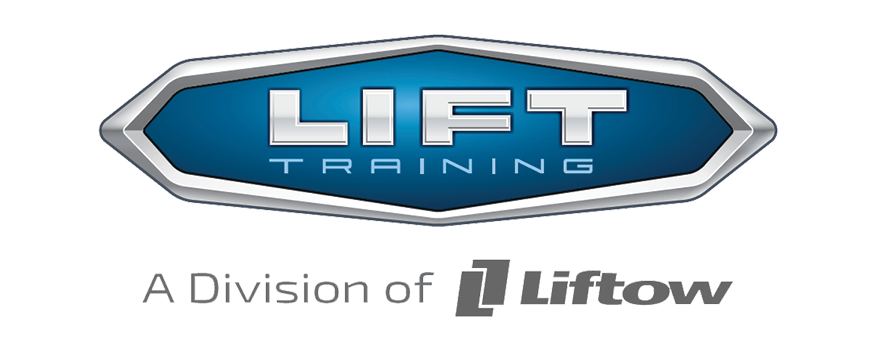
Workplace safety is a top priority for businesses across Canada. Ensuring that your employees have the knowledge and skills to perform their jobs safely is not just a legal obligation, but also a moral one. In 2024, compliance with health and safety regulations can be complex, but it is essential for protecting your workers and maintaining a productive environment.
Navigating the various Canadian regulations and understanding what they entail is the first step in creating a safe workplace. Employers must stay compliant with these rules to avoid hefty fines and potential shutdowns. Developing comprehensive health and safety training programs tailored to your specific business needs is crucial for instilling a safety culture among your employees. Training alone, however, is not enough.
It’s important to consistently monitor and evaluate the effectiveness of your training programs. This ensures they are meeting the required standards and delivering the desired outcomes. Keeping meticulous records and managing certifications are equally vital for staying compliant and up-to-date with any regulatory changes. By taking these proactive steps, we can create a safer workplace for everyone involved.
Understanding Regulatory Requirements for Health and Safety Training
To ensure workplace safety, employers in Canada must adhere to specific regulations laid out by federal and provincial authorities. One key regulatory body is the Canadian Centre for Occupational Health and Safety (CCOHS), which sets standards for various industries. These regulations mandate that employers provide adequate training to their employees on health and safety practices pertinent to their specific job functions.
Each province may also have unique requirements. For example, Ontario’s Occupational Health and Safety Act (OHSA) requires employers to train employees on the safe use of equipment, emergency procedures, and hazard recognition. These regulations often include mandatory refresher courses to keep employees updated on the latest safety practices and legal obligations. Employers must ensure that these training sessions are accessible, current, and comprehensive to meet all regulatory demands.
Developing and Implementing Effective Training Programs
Creating a comprehensive health and safety training program involves several crucial steps. First, conduct a thorough risk assessment to identify potential hazards in the workplace. This helps in designing targeted training sessions that address specific risks relevant to your employees’ tasks.
Next, develop a curriculum that includes a mix of theoretical knowledge and practical skills. Ensure that the training covers all regulatory requirements, such as emergency response, equipment handling, and hazard identification. Use varied instructional methods like videos, interactive modules, and hands-on practice to cater to different learning styles.
Once the curriculum is ready, schedule regular training sessions and make them mandatory for all employees. This could be through online platforms, in-person workshops, or a combination of both. Provide clear instructions on how to access these training sessions and keep track of attendance.
Finally, implement a feedback system to gather input from employees on the training’s effectiveness. Use this data to make necessary adjustments and improvements. Providing ongoing support and additional resources will also help reinforce the training and ensure it is effective. By following these steps, we can develop and enforce a robust health and safety training program that meets regulatory requirements and keeps our workplace safe.
Monitoring and Evaluating Training Effectiveness
Tracking and measuring the effectiveness of health and safety training programs is crucial for ensuring they achieve their goals. Start by setting clear objectives for each training module. These objectives should be specific, measurable, achievable, relevant, and time-bound (SMART). For example, an objective could be reducing workplace accidents by 20% within six months after training completion.
Once objectives are set, use various tools to monitor progress. Surveys and feedback forms can be distributed to employees immediately after training sessions to gauge their understanding and satisfaction. Implement assessments or quizzes to test their knowledge retention. Additionally, track incident reports and workplace safety audits to see if there has been a tangible improvement in safety practices.
Regularly review and analyse this data to identify areas for improvement. Continuous evaluation ensures that the training remains relevant and effective. If the data indicates that certain aspects of the training are not meeting the set objectives, make the necessary adjustments. This iterative process helps in refining the program and maintaining high safety standards.
Ensuring Ongoing Compliance and Certification Management
Maintaining compliance and managing certifications is an ongoing process. One of the most important steps is keeping detailed records of all training activities. These records should include information on who underwent the training, what type of training they received, and when certifications need renewal. Proper documentation ensures that you’re always ready for audits and inspections, proving your commitment to safety standards.
Another key aspect is staying updated with regulatory changes. Health and safety regulations in Canada can evolve, and it’s essential to keep up with these changes to remain compliant. Subscribe to industry newsletters, attend relevant seminars, and engage with professional bodies to stay informed. This proactive approach will help you make the necessary updates to your training programs promptly.
Automate certain aspects of certification management to ease the administrative burden. Use software that sends automatic reminders for upcoming renewals and tracks training progress. This ensures that no certification lapses, thereby maintaining continuous compliance. By following these guidelines, you can create a sustainable system for managing health and safety certifications effectively.
Conclusion
Ensuring workplace safety compliance with certification management is a comprehensive process that demands attention to detail, regular monitoring, and consistent updates. By understanding regulatory requirements, developing effective training programs, and utilizing automated tools, we can create safer workplaces that comply with Canadian standards. This not only protects our employees but also strengthens our reputation and operational integrity.
Ongoing commitment to health and safety is more than a regulatory requirement; it’s an investment in our workforce and our business. Start improving your workplace safety today with LIFT Training’s expert health and safety compliance training and certification management services. Create a safer, compliant, and more productive environment with LIFT Training.
